- Joined
- Oct 22, 2018
- Messages
- 136
- Points
- 253

The model was made from a plan made in 1789 by the marine painter Antoine Roux and reproduced by Admiral Paris in his work “Souvenir de Marine Conservés”.
It wears only one mast perpendicular to the keel in its middle, which carries a large lateen sail, raised by an arrow sail as a flying topsail and a jib on a bowsprit. The hull, full-shaped and rounded, has a raised and concave stem and was low on board. The boat is closed by a complete deck with two cargo hatches and has a small locker companionway at the stern.
The largest models of this vessel could reach 25 meters in length with a displacement of 100 tons. They were dedicated to cabotage in the western part of the Mediterranean basin, from Algeria to France and from Italy to Spain, transporting all types of merchandise, mainly wine and construction materials. The smaller tartans were dedicated more to coastal traffic.
At the end of the 19th century and beginning of the 20th century, tartans began to disappear due to the great growth of railways and road transport. The last units that were still maintained were replacing their original lateen rig with gaff sails.
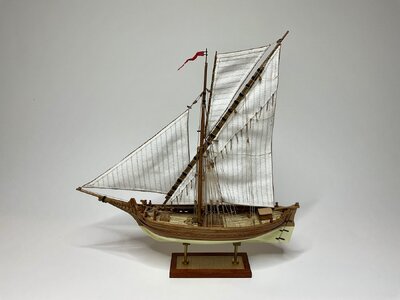
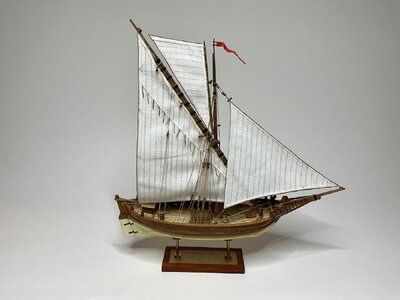
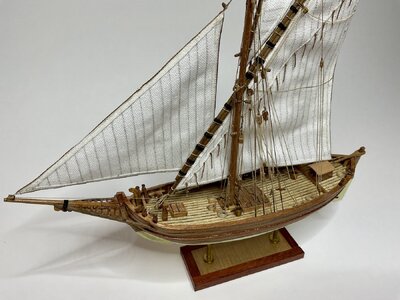
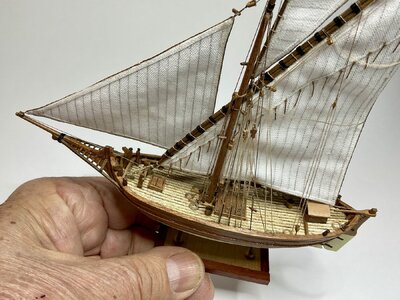
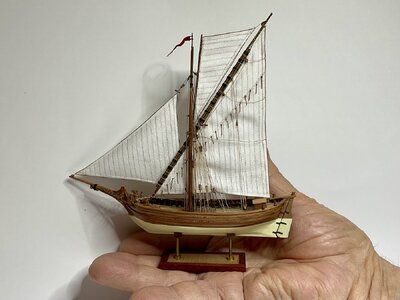
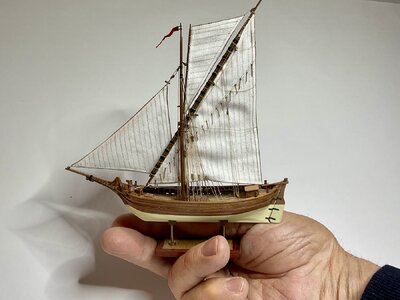
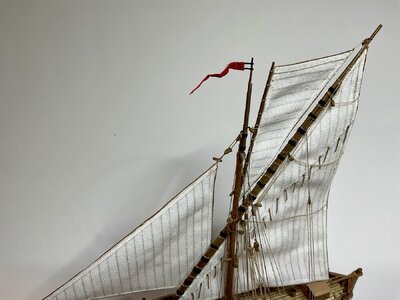
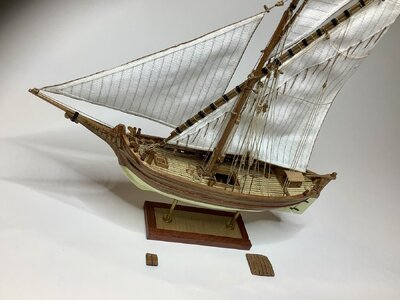
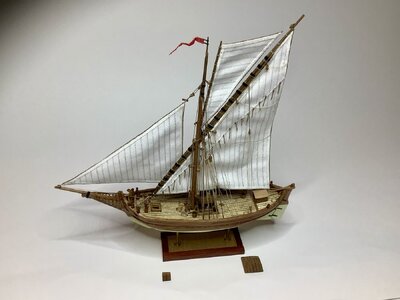
It wears only one mast perpendicular to the keel in its middle, which carries a large lateen sail, raised by an arrow sail as a flying topsail and a jib on a bowsprit. The hull, full-shaped and rounded, has a raised and concave stem and was low on board. The boat is closed by a complete deck with two cargo hatches and has a small locker companionway at the stern.
The largest models of this vessel could reach 25 meters in length with a displacement of 100 tons. They were dedicated to cabotage in the western part of the Mediterranean basin, from Algeria to France and from Italy to Spain, transporting all types of merchandise, mainly wine and construction materials. The smaller tartans were dedicated more to coastal traffic.
At the end of the 19th century and beginning of the 20th century, tartans began to disappear due to the great growth of railways and road transport. The last units that were still maintained were replacing their original lateen rig with gaff sails.









Last edited:




